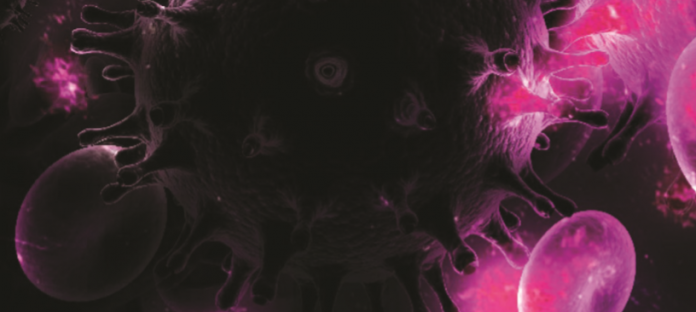
IN a major collaborative effort, researchers at the Lewis Katz School of Medicine at Temple University and the University of Nebraska Medical Center (UNMC) have for the first time eliminated replication-competent HIV-1 DNA — the virus responsible for AIDS from the genomes of living animals. The study, reported online July 2 in the journal Nature Communications, marks a critical step toward the development of a possible cure for human HIV infection.
“Our study shows that treatment to suppress HIV replication and gene editing therapy, when given sequentially, can eliminate HIV from cells and organs of infected animals,” said Kamel Khalili, PhD, Laura H. Carnell Professor and Chair of the Department of Neuroscience, Director of the Center for Neurovirology, and Director of the Comprehensive NeuroAIDS Center at the Lewis Katz School of Medicine at Temple University (LKSOM). Dr Khalili and Howard Gendelman, MD, Margaret R. Larson Professor of Infectious Diseases and Internal Medicine, Chair of the Department of Pharmacology and Experimental Neuroscience and Director of the Center for Neurodegenerative Diseases at UNMC, were senior investigators on the new study.
“This achievement could not have been possible without an extraordinary team effort that included virologists, immunologists, molecular biologists, pharmacologists, and pharmaceutical experts,” Dr Gendelman said. “Only by pooling our resources together were we able to make this groundbreaking discovery.”
Article originally published in: https://thepetridish.my/2019/07/29/hiv-eliminated-from-the-genomes-of-living-animals/